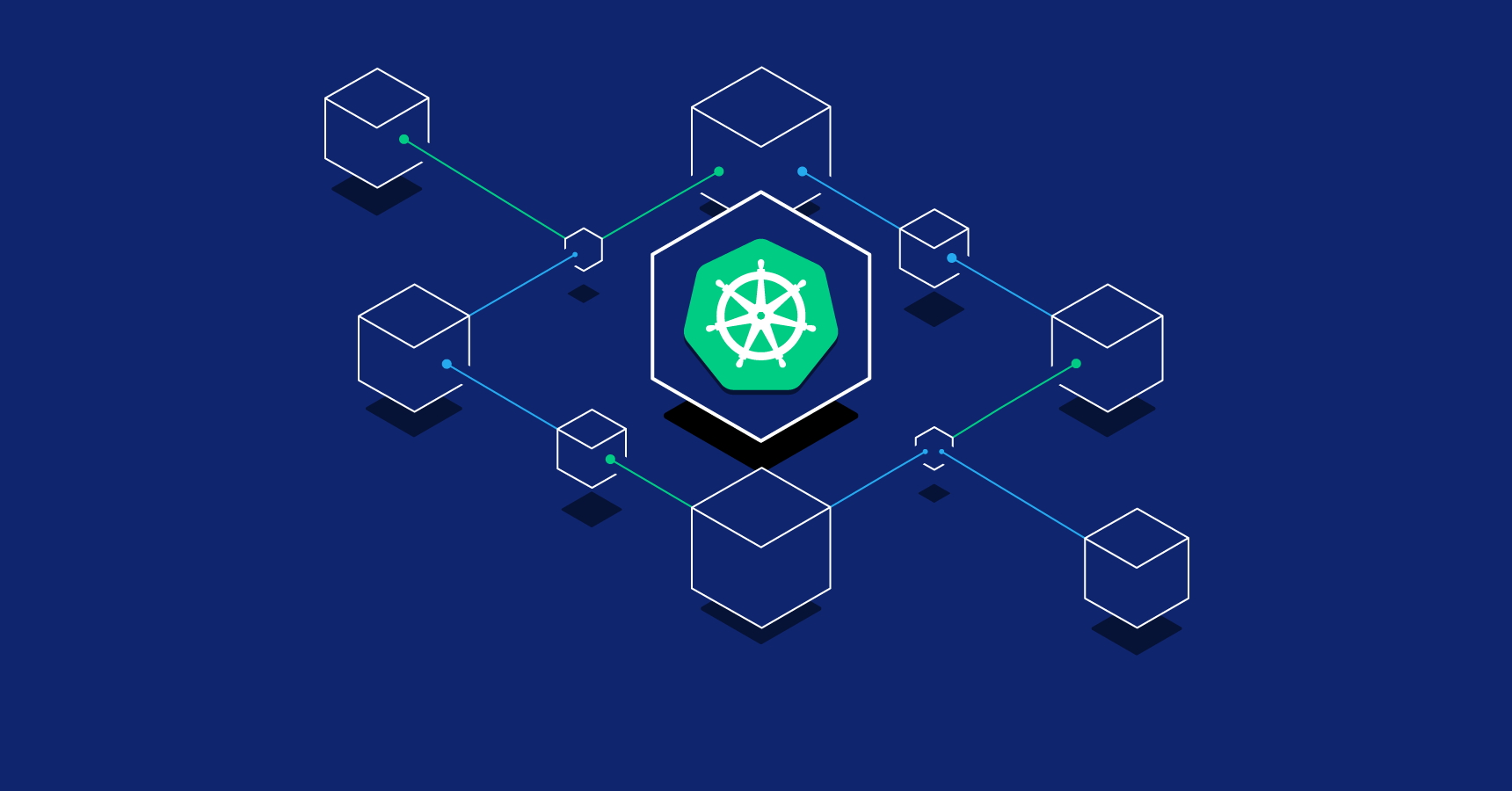Containerization refers to the packaging of a software code with operating system dependencies and libraries needed to operate the code to create one lightweight executable, referred to as a container, which consistently runs on infrastructures.
More resource-efficient and portable than VMs (virtual machines), containers have become a de-facto compute unit of cloud-native applications.
Containerization also enables developers to deploy and create applications more securely and faster. With old methods, codes are explicitly developed in computing environments, which lead to errors and bugs when transferred to newer locations.
For instance, when developers transfer codes from a computer to a VM, containerization helps eliminate this issue by bundling codes together with dependencies, libraries, and configuration files needed for them to run.
Server Virtualization and Containerization
When people speak of server virtualization, they usually talk of a VM. A VM establishes a hypervisor layer between storage, memory, services, operating system, and applications.
This layer serves as its virtual machine, creating an environment for running an application. Every application, which virtualized consumes its version of the operating system.
For you to create a virtual environment, you will have to visit https://digitaldata.co/ for containerization solutions, as well as do the following:
- Buy multiple licenses
- Have a few available versions of OS
Why Deploy Containers
Deployment of containers may replace a lot of tasks handled by IT operators. When tools, such as Docker, deploy many containers, it places apps in a virtual container, which runs on a similar OS.
This offers an advantage not provided by a VM. However, using VM requires running the entire guest OS to deploy an application. This is slow and expensive if you deploy a lot of applications.
If you deploy a Docker, every container will have everything required to run an app and might be spun down or up for testing. That is how the deployment of containers speeds up the CD/CI pipeline and saves resources, such as processing power, memory, and storage.
Benefits of Deploying Containers
Containers, and related technologies, like orchestration tools, appeal to the development of software teams since they provide a lot of benefits.
That is especially true for every team working on different transformation goals or those looking to deliver software products more frequently and faster. Some of the expected benefits of deploying containers include:
Scalability: The application of containers can deal with increasing workloads, providing scalability of applications.
Portability: Container environments make applications run smoothly on different platforms by abstracting applications from the host operating system.
Flexibility and agility: Containers are made to spin up and depreciate faster. That means they may support evolving and fluid business conditions and goals. In addition, their nature, mainly when used with microservices architecture, might result in other benefits. Some benefits include the capability to update containerized workload and improved security control without redeploying the whole application.
Concluding Remarks!
The idea of lightweight and small execution environments regarded as containers has been a phenomenon in computer science for a decade now.
This technological development has rapidly grown, and software like Kubernetes and Docker have come to the scene to support the revolution of containers.
